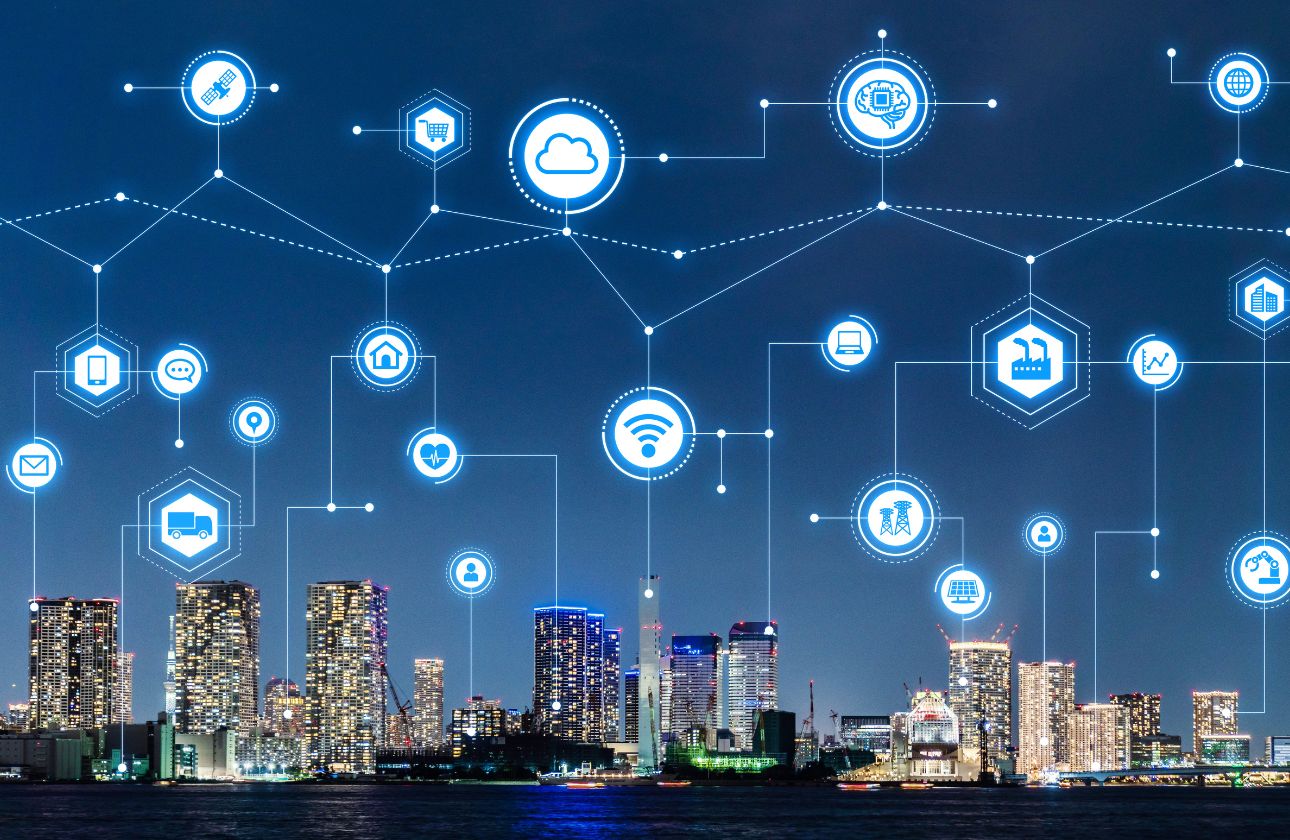As cities expand and populations grow, ensuring public safety becomes increasingly complex. Enter smart cities—urban environments powered by advanced technology and real-time data that are transforming the way safety is managed.
By integrating artificial intelligence, IoT (Internet of Things), big data, and smart infrastructure, these cities are creating intelligent systems that predict, prevent, and respond to threats faster than ever before.
Key Features of Smart City Public Safety Systems
Here are the cutting-edge technologies that make modern cities safer, smarter, and more responsive:
AI-Powered Surveillance Systems
-
Intelligent CCTV cameras with facial recognition
-
Real-time threat detection using machine learning
-
Automated alerts for suspicious activities
Predictive Policing Tools
-
Data analysis to forecast crime-prone zones
-
AI algorithms for optimal officer deployment
-
Reduced crime through preventive patrolling
IoT-Based Emergency Response
-
Smart traffic lights that prioritize ambulances and fire trucks
-
Sensors that detect fires, gas leaks, or structural damage
-
Automated emergency alerts to citizens and responders
Smart Street Lighting
-
Motion-activated lights that increase visibility
-
Remote diagnostics and outage reporting
-
Energy-efficient and crime-deterrent lighting systems
Citizen-Centric Safety Apps
-
One-tap emergency reporting features
-
Live updates on weather, accidents, and hazards
-
Community policing with anonymous tip features
Environmental Risk Monitoring
-
Flood, fire, and air quality sensors in vulnerable zones
-
Drones for disaster surveillance and rescue coordination
-
Real-time alerts for natural disasters and evacuation routes
Cybersecurity for Critical Infrastructure
-
Encrypted citywide networks to prevent data breaches
-
Blockchain systems to secure citizen information
-
AI monitoring to detect cyberattacks before they spread
Why It Matters
Smart city technologies aren't just about convenience—they save lives, protect property, and build trust between citizens and governing bodies. From reducing emergency response time to improving crime prevention, these technologies are designed to make cities more livable, secure, and resilient.
Real-World Impact
Cities like Singapore, Amsterdam, and Barcelona have already implemented smart safety frameworks:
-
Singapore’s Safe City Program uses AI for crime detection and traffic management.
-
Barcelona’s Urban Platform integrates data from various sources to manage emergencies.
-
Amsterdam uses environmental sensors to monitor flooding and respond in real-time.
These are not isolated cases—they are models that many cities are now following worldwide.
The Future of Safer Cities Is Smart
The future of urban safety is no longer reactive—it’s predictive, connected, and intelligent. As smart city solutions become more accessible, even mid-sized and developing cities are adopting these technologies to create safer public spaces.
Ready to explore more about smart technology in urban living?
Stay tuned as we dive deeper into how innovation is reshaping cities—one smart system at a time.




Comments (0)